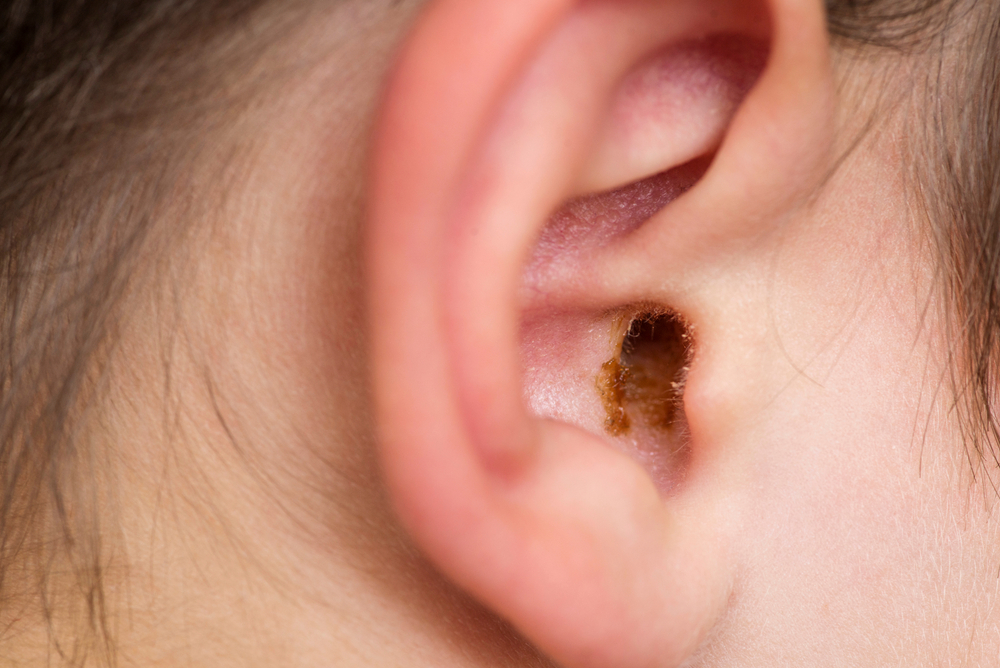
You most likely don’t give a lot of thought to earwax accumulation unless you’re in the process of clearing it out. Still, it’s essential to have an understanding of its purpose and how it develops.
So why does earwax build-up?
Earwax, scientifically identified as cerumen, is a thick blend of debris, hair, skin particles, sweat, and ceruminous gland secretions. This earwax presents with a waxy consistency and can exhibit shades of orange, yellow, gray, or brown.
While the production amount of earwax differs from person to person, adults usually generate less earwax than kids. Children also typically have softer earwax that’s lighter in color than adults.
Earwax goes by the outer ear canal leisurely, eventually reaching the ear opening, where it either self-expels or gets washed away during bathing.
Why do we need earwax?
Earwax serves several crucial functions, such as:
- Helping counter ear infections.
- Preventing itchiness and dryness by moisturizing and protecting the lining of the ear canal.
- Acting as a protective barrier against external irritants such as dirt, dust, and other foreign particles before they infiltrate deeper into the ear.
Blockages caused by earwax
Usually, there’s no crucial need to remove earwax from your ears unless it becomes impacted, a common issue associated with earwax. Impacted earwax can stem from narrow or unusually shaped ear canals hindering the natural movement of earwax toward the ear’s periphery.
Wax can be unintentionally pushed up into the ear canal by utilizing poor cleaning practices like using cotton swabs.
Individuals grappling with hearing loss who use earplugs or hearing aids are also predisposed to experiencing ear canal blockages.
How excessive earwax can impact hearing
The occurrence of earwax blockages might yield slight discomfort and impact auditory health.
Ringing in the ears, or tinnitus, could also occur.
Acoustic trauma may result in long-term hearing impairment, perforated eardrums, and long-term hearing loss if earwax blockages go neglected.
Dealing with impacted earwax
If you suspect an earwax blockage, consulting us immediately is essential. Depending on the severity of the blockage, you may be advised to utilize over-the-counter wax softening drops or a bulb syringe for delicate irrigation to relieve the condition.
Give us a call right away if you need some help with an earwax obstruction.
